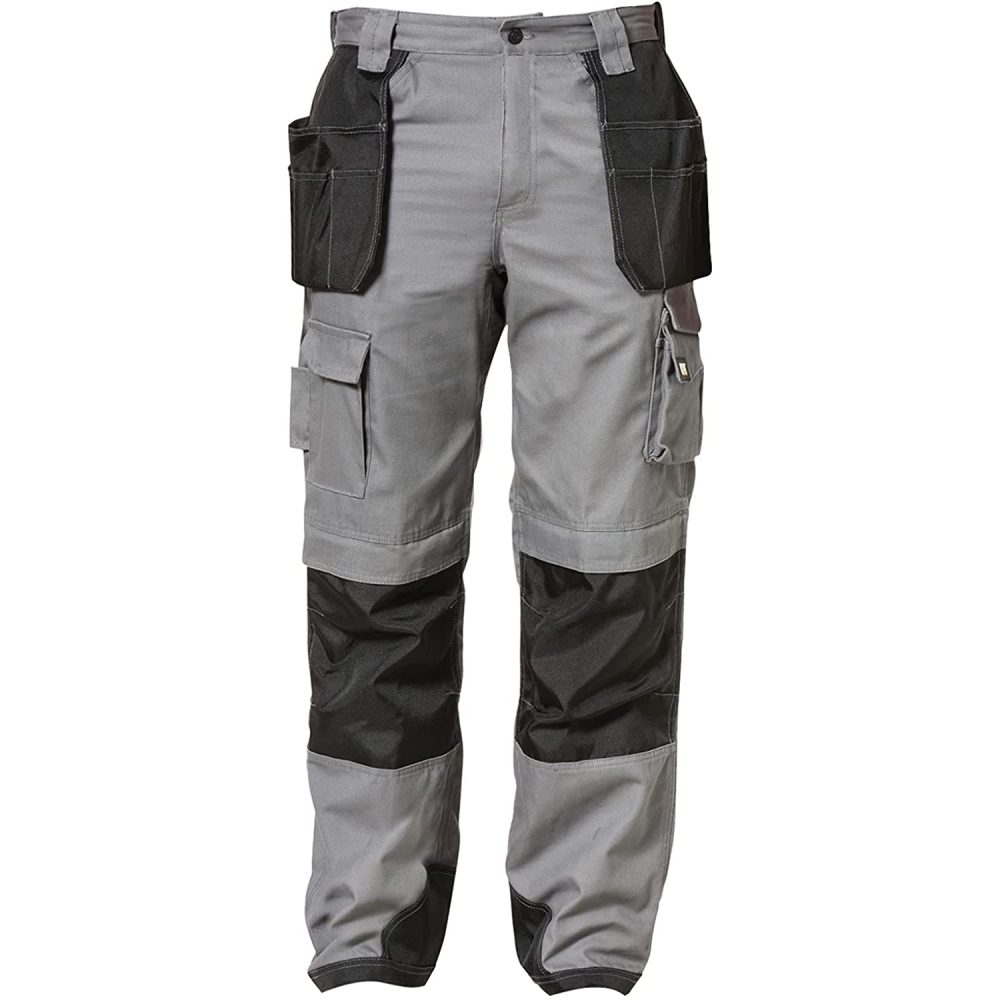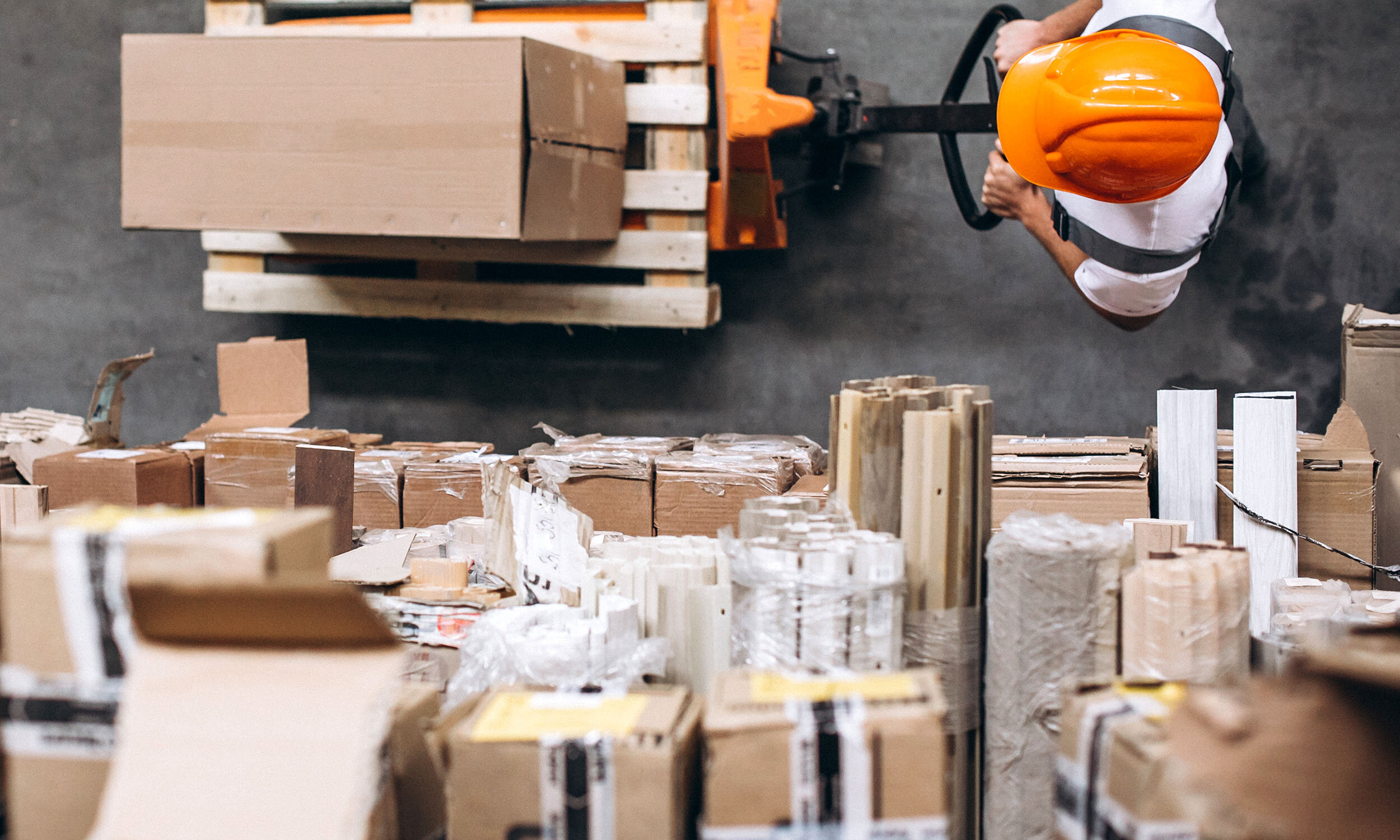
Durable, closely woven pants crafted from heavy cotton duck fabric are a staple for individuals working in demanding environments. These garments are commonly found in industries such as construction, agriculture, and manufacturing, where protection from abrasion, dirt, and minor hazards is essential. Variations include designs with reinforced stitching, multiple pockets for tools, and specialized features like knee pads or hammer loops.
The robust construction of these pants contributes to their longevity and ability to withstand rigorous wear and tear. This durability translates to cost-effectiveness for the wearer and a reduced environmental impact compared to frequently replacing less durable alternatives. Historically, similar garments made from hemp or linen served analogous purposes, underscoring the enduring need for practical and protective workwear. The evolution to cotton canvas provided increased comfort and affordability, solidifying its position as a preferred material.
This article will explore the diverse range of available styles, fabric weights, and design features to consider when selecting appropriate protective apparel for specific occupational needs. Further discussion will address proper care and maintenance to maximize garment lifespan and ensure continued effectiveness.
1. Durability
Durability is a critical factor in workwear, especially for demanding environments. For canvas work trousers, this translates directly to extended garment lifespan, contributing to cost-effectiveness and reducing environmental impact. The following facets explore the elements contributing to this essential characteristic.
-
Fabric Properties
The tight weave and inherent strength of cotton canvas provide resistance to tearing and abrasion. Heavier weight canvas offers increased durability, proving particularly advantageous in professions involving contact with rough surfaces or potential hazards. The choice of fiber type and fabric treatment can further enhance these properties.
-
Construction Techniques
Reinforced stitching, particularly in high-stress areas such as seams, pockets, and belt loops, significantly bolsters the garment’s structural integrity. Double or triple-needle stitching, bar tacks, and rivets are common reinforcement methods that contribute to tear resistance. The quality of thread used also plays a vital role in overall durability.
-
Fabric Treatment and Finishing
Pre-shrinking and treatments for water resistance or stain repellency can further enhance the longevity of canvas work trousers. These processes minimize shrinkage after washing and protect the fabric from environmental factors, contributing to a longer usable lifespan.
-
Wear and Tear Resistance
Resistance to fading, pilling, and shrinking ensures the garments maintain a professional appearance and continue providing effective protection over extended use. These factors contribute not only to durability but also to the overall value and perceived quality of the workwear.
By understanding these contributing factors, selecting appropriately durable canvas work trousers for specific occupational needs becomes a straightforward process. Prioritizing these features ensures a cost-effective and environmentally sound investment in protective workwear.
2. Comfort
Comfort in canvas work trousers significantly impacts worker productivity and overall well-being. Discomfort can lead to distraction, reduced efficiency, and potential safety risks. Several factors contribute to comfortable canvas workwear, including fabric choice, garment design, and fit. Breathable canvas, often achieved through lighter weight weaves or fabric treatments, allows for better ventilation and reduces overheating. Strategic design elements, such as gusseted crotches and articulated knees, enhance mobility and flexibility, accommodating a wide range of movement required on the job. A proper fit ensures the trousers neither restrict movement nor create excessive bulk, which could interfere with tasks.
Consider a construction worker requiring freedom of movement while climbing ladders or crouching. A comfortable fit and design allow for unrestricted movement, contributing to both efficiency and safety. Similarly, a landscaper working in varying weather conditions benefits from breathable canvas, maintaining comfort during strenuous activity under fluctuating temperatures. These examples illustrate the practical significance of comfort in canvas work trousers across diverse occupational settings. Properly fitting garments minimize chafing and pressure points, preventing discomfort and potential skin irritation, especially during extended wear.
Prioritizing comfort in workwear translates to enhanced worker satisfaction and performance. While durability and protection remain paramount, understanding the interplay between comfort and functionality underscores its importance in selecting appropriate canvas work trousers. Addressing these factors collectively contributes to a safer and more productive work environment. Manufacturers continually refine designs and fabric technologies to enhance comfort without compromising durability or protection, recognizing the crucial role comfort plays in effective workwear.
3. Protection
Protective capabilities are a primary function of canvas work trousers, safeguarding wearers from various workplace hazards. The level of protection required varies depending on the specific work environment and potential risks. Understanding the protective features offered by these garments is crucial for selecting appropriate workwear.
-
Abrasion Resistance
The tight weave and robust nature of canvas provide inherent resistance to abrasion, protecting the wearer’s skin from scrapes and scratches when coming into contact with rough surfaces, tools, or equipment. This is particularly crucial in industries like construction, carpentry, and landscaping. Imagine a construction worker kneeling on rough concrete; durable canvas acts as a barrier, preventing injuries.
-
Protection from Debris and Splashes
The dense fabric acts as a shield against flying debris, dust, and minor splashes of liquids, offering a level of protection against irritants and contaminants. In a workshop environment, this can mean protection from wood shavings, metal filings, or paint splatters. The weight and weave of the canvas influence the level of protection offered.
-
Thermal Protection (Limited)
While not designed for extreme temperatures, canvas provides a degree of insulation against mild cold and heat. The fabric’s thickness contributes to this insulation, offering some comfort in fluctuating weather conditions. However, specialized garments are necessary for extreme temperatures or exposure to flames.
-
Enhanced Protection with Specialized Features
Some canvas work trousers offer additional protective features like reinforced knee pads, flame-resistant treatments, or high-visibility markings for enhanced safety in specific environments. These specialized features extend the protective capabilities of the garments, catering to the unique demands of various professions. For instance, flame-resistant treatments are essential for welders, while high-visibility markings benefit those working near traffic.
Selecting canvas work trousers with appropriate protective features is essential for maintaining worker safety and well-being. Matching the protective qualities to the specific hazards present in the work environment ensures effective risk mitigation and contributes to a safer workplace. Consideration of these factors, alongside comfort and durability, ensures the selection of appropriate and effective workwear.
4. Functionality
Functionality in canvas work trousers refers to the design elements that enhance their practicality and effectiveness in specific work environments. These features contribute directly to worker efficiency, safety, and overall performance. Pockets, loops, and reinforced areas are key considerations when evaluating the functional aspects of these garments.
-
Pocket Design and Placement
The strategic placement and design of pockets significantly impact functionality. Multiple pockets of varying sizes accommodate a range of tools and essentials, minimizing the need for additional tool belts or pouches. Examples include reinforced pockets for sharp objects, secure pockets for valuables, and easily accessible pockets for frequently used items. A carpenter, for instance, benefits from readily accessible pockets for nails and screws, while an electrician might require deeper pockets for wire cutters and testers. Thoughtful pocket design contributes directly to workflow efficiency.
-
Tool Loops and Hammer Holders
Integrated tool loops and hammer holders provide dedicated storage for specific tools, ensuring they are readily available and securely held. This reduces the risk of dropped tools and improves overall safety on the job site. A construction worker can securely carry a hammer, freeing their hands for other tasks, while a gardener might utilize loops for pruning shears or small hand tools. The presence and placement of these features are crucial for specific trades.
-
Reinforced Knees and Crotch
Reinforced knees and gusseted crotches enhance durability and flexibility, respectively. Knee reinforcements, often achieved with double layers of fabric or integrated knee pad pockets, provide added protection and comfort for workers who frequently kneel. Gusseted crotches allow for greater freedom of movement, particularly when bending or squatting. These features are particularly beneficial for flooring installers, mechanics, and other professionals requiring frequent kneeling or crouching.
-
Specialized Features for Specific Trades
Certain canvas work trousers incorporate specialized features tailored to specific professions. These might include ruler pockets for carpenters, tool loops designed for specific tools used by electricians, or flame-resistant treatments for welders. These additions enhance the garment’s functionality and relevance to particular occupational needs. The availability of specialized features demonstrates the versatility and adaptability of canvas work trousers across diverse industries.
Evaluating functionality in canvas work trousers requires careful consideration of the specific demands of the intended use. Prioritizing relevant features ensures that the garment contributes effectively to worker productivity, safety, and overall comfort on the job. By understanding these functional aspects, selecting appropriate workwear becomes a straightforward process, ultimately leading to a safer and more efficient work environment.
5. Fit
Proper fit is paramount for canvas work trousers, impacting both safety and comfort. Ill-fitting trousers can restrict movement, creating safety hazards, while also leading to discomfort and reduced productivity. Understanding the nuances of fit ensures appropriate selection for optimal performance and well-being in demanding work environments.
-
Waist Size and Rise
Accurate waist sizing prevents trousers from slipping or constricting. Rise, the distance between the crotch and waistband, influences comfort and how the trousers sit on the hips. A proper rise ensures adequate coverage and allows for comfortable bending and reaching. A construction worker requiring a full range of motion benefits from a comfortable rise that accommodates varied movements throughout the workday.
-
Leg Length and Inseam
Correct leg length and inseam measurements prevent tripping hazards and ensure proper drape. Overly long trousers can become entangled, while excessively short lengths may expose skin to potential hazards. A landscaper navigating uneven terrain requires appropriate leg length to avoid tripping, while a mechanic working under vehicles benefits from trousers that don’t drag on the ground. Accurate measurements contribute to both safety and professional appearance.
-
Fit Through the Seat and Thigh
Adequate room through the seat and thigh allows for comfortable movement without restriction. A tight fit can impede mobility and cause discomfort, while an excessively loose fit can create excess fabric, potentially interfering with tasks. A welder requiring a full range of motion while crouching or welding overhead needs a fit that accommodates these movements without restriction.
-
Overall Style and Cut
Various styles, such as relaxed fit, straight leg, or boot cut, cater to different preferences and work environments. Selecting the appropriate style ensures both comfort and functionality. A relaxed fit provides greater freedom of movement, while a more tailored fit offers a cleaner, more professional appearance. The choice depends on individual preference and the specific demands of the job.
Careful consideration of these fit elements ensures that canvas work trousers contribute to a safe and productive work environment. Prioritizing proper fit alongside other factors like durability and functionality ensures the selection of appropriate and effective workwear. This holistic approach optimizes both comfort and performance, contributing to worker well-being and overall job site safety.
Frequently Asked Questions
This section addresses common inquiries regarding canvas work trousers, providing concise and informative responses to facilitate informed purchasing decisions and proper garment care.
Question 1: How does one determine the appropriate weight of canvas for specific work needs?
Canvas weight is measured in ounces per square yard. Heavier weights (10 oz. and above) offer greater durability and protection, suitable for demanding environments like construction or welding. Lighter weights (8 oz. or less) provide increased breathability and comfort, appropriate for less rigorous tasks or warmer climates. Consider the level of abrasion resistance and protection required when selecting canvas weight.
Question 2: What are the key differences between canvas and other workwear fabrics like denim or twill?
Canvas, typically made from cotton, offers superior durability and abrasion resistance compared to denim or twill. Its tight weave provides better protection against snags, tears, and punctures. Denim and twill offer greater flexibility and comfort but may not withstand the same level of wear and tear as canvas. The choice depends on the specific demands of the work environment.
Question 3: How should canvas work trousers be laundered to maintain their durability and appearance?
Washing in cold water with a mild detergent and line drying is generally recommended to minimize shrinkage and maintain the integrity of the fabric. Avoid harsh chemicals or bleach, which can weaken the fibers. Following manufacturer care instructions is crucial for preserving garment lifespan.
Question 4: Can canvas work trousers be altered or repaired, and what are the typical methods for doing so?
Minor alterations, such as hemming or patching, are possible with basic sewing skills. For more extensive repairs, consulting a professional tailor is advisable. Using heavy-duty thread and reinforcing seams are essential for maintaining the garment’s durability after alterations or repairs.
Question 5: Are there specific safety standards or certifications to look for when selecting canvas work trousers for hazardous environments?
Depending on the industry and potential hazards, specific safety standards and certifications may apply. For example, flame-resistant treatments are crucial for welding or firefighting. Consulting relevant industry guidelines and regulations ensures compliance and enhances worker safety.
Question 6: How can one ensure the longevity and continued effectiveness of canvas work trousers over time?
Proper care, including regular cleaning and timely repairs, contributes significantly to garment lifespan. Storing trousers in a clean, dry environment prevents mildew and premature deterioration. Rotating between multiple pairs also extends the life of individual garments, reducing wear and tear.
Selecting appropriate canvas work trousers involves careful consideration of various factors, including fabric weight, fit, functionality, and required protective features. Understanding these aspects ensures a well-informed purchase decision, ultimately leading to enhanced worker safety, comfort, and productivity.
The subsequent section will explore specific product recommendations and provide guidance on selecting the best canvas work trousers based on individual needs and budget considerations.
Tips for Selecting and Maintaining Canvas Work Trousers
Optimal selection and care ensure these garments provide long-lasting performance and protection.
Tip 1: Prioritize Durability Based on Work Environment
Heavier-weight canvas offers greater abrasion resistance for demanding jobs like construction or welding. Lighter weights offer better breathability for less rigorous tasks. Consider potential hazards and frequency of wear.
Tip 2: Evaluate Pocket Design for Functional Needs
Multiple pockets, specialized compartments, and reinforced designs cater to specific trades. A carpenter benefits from nail pockets, while an electrician may require deeper pockets for tools. Evaluate pocket placement and accessibility.
Tip 3: Ensure Proper Fit for Safety and Comfort
Accurate waist and inseam measurements are crucial. Proper fit allows for a full range of motion without restriction or excess fabric. Consider the rise for comfortable bending and reaching. Avoid overly tight or loose fits.
Tip 4: Consider Fabric Treatments for Enhanced Protection
Water-resistant, stain-repellent, or flame-resistant treatments offer added protection in specific environments. Assess potential exposure to moisture, chemicals, or flames when selecting appropriate treatments.
Tip 5: Inspect Reinforcements in High-Stress Areas
Double stitching, bar tacks, and reinforced knees or crotches enhance durability and longevity. Examine these areas for robust construction, particularly in garments intended for frequent kneeling or bending.
Tip 6: Adhere to Manufacturer Care Instructions
Proper laundering and care preserve garment integrity and extend lifespan. Follow recommended washing and drying instructions to minimize shrinkage and maintain fabric strength. Avoid harsh chemicals or excessive heat.
Tip 7: Repair Minor Damages Promptly
Addressing small tears or loose stitching prevents further damage and extends garment life. Utilize heavy-duty thread and appropriate patching techniques for effective repairs. Consult a professional tailor for complex repairs.
Following these guidelines ensures optimal performance, safety, and longevity, maximizing the value and effectiveness of these essential work garments.
This article concludes with a summary of key takeaways and reinforces the importance of thoughtful selection and maintenance of canvas work trousers for professional use.
Conclusion
Canvas work trousers represent a crucial element of protective apparel for numerous industries. This exploration encompassed essential aspects from inherent durability derived from tightly woven cotton canvas to the significance of functional design elements like strategically placed pockets and reinforced stitching. Proper fit, alongside considerations for fabric treatments and specialized features, ensures optimal performance and worker safety. Maintenance through appropriate laundering and timely repairs further extends the lifespan of these garments, maximizing their value and effectiveness.
Investing in well-constructed, appropriately fitted canvas work trousers translates directly to enhanced worker protection, comfort, and productivity. Understanding the diverse range of available options and prioritizing key features based on specific occupational needs ensures a well-informed decision, contributing to a safer and more efficient work environment. Continued advancements in fabric technologies and design innovations promise further enhancements in comfort, durability, and protective capabilities, solidifying the enduring role of canvas work trousers in professional attire.



